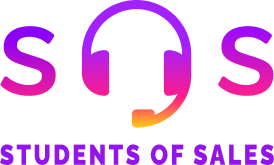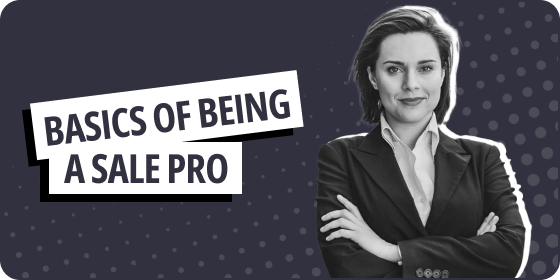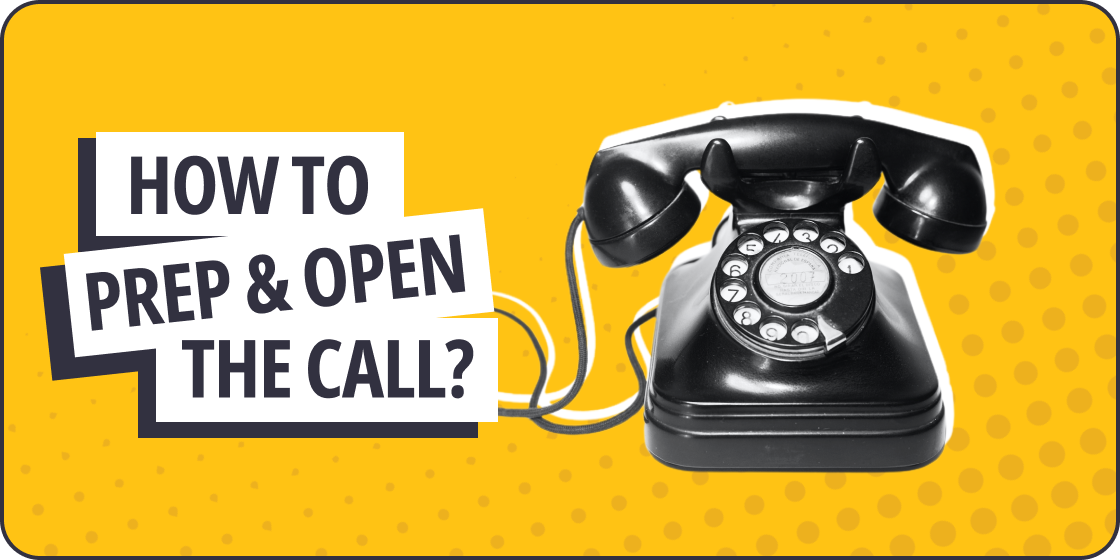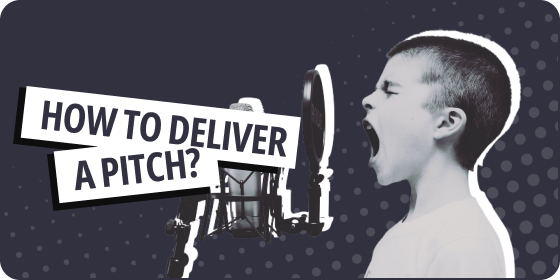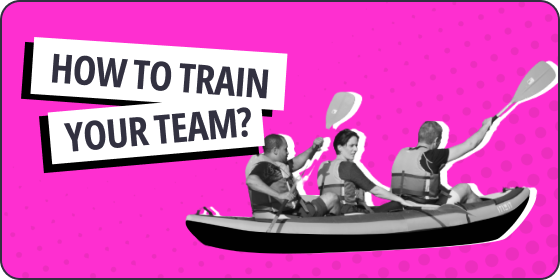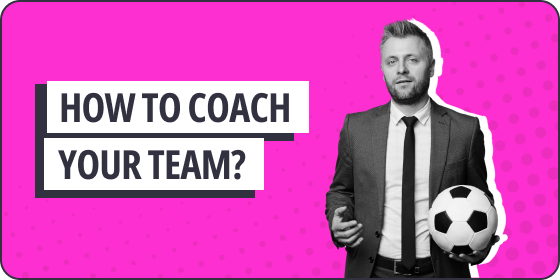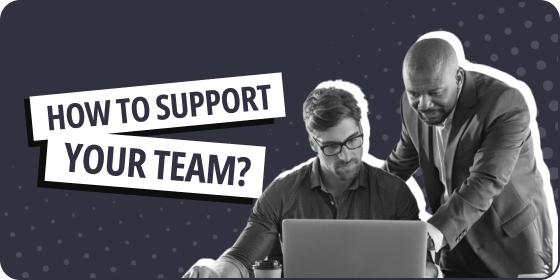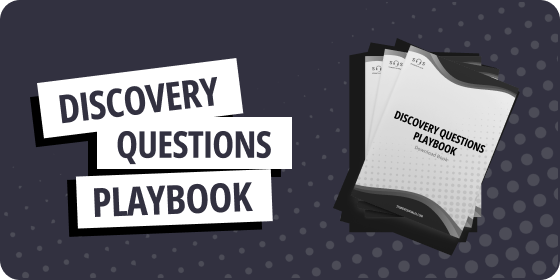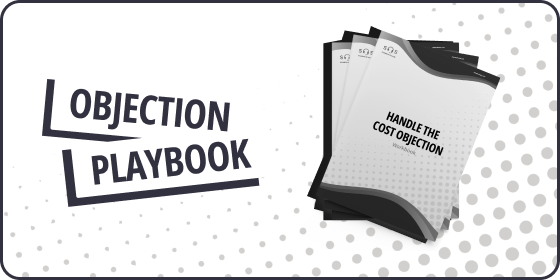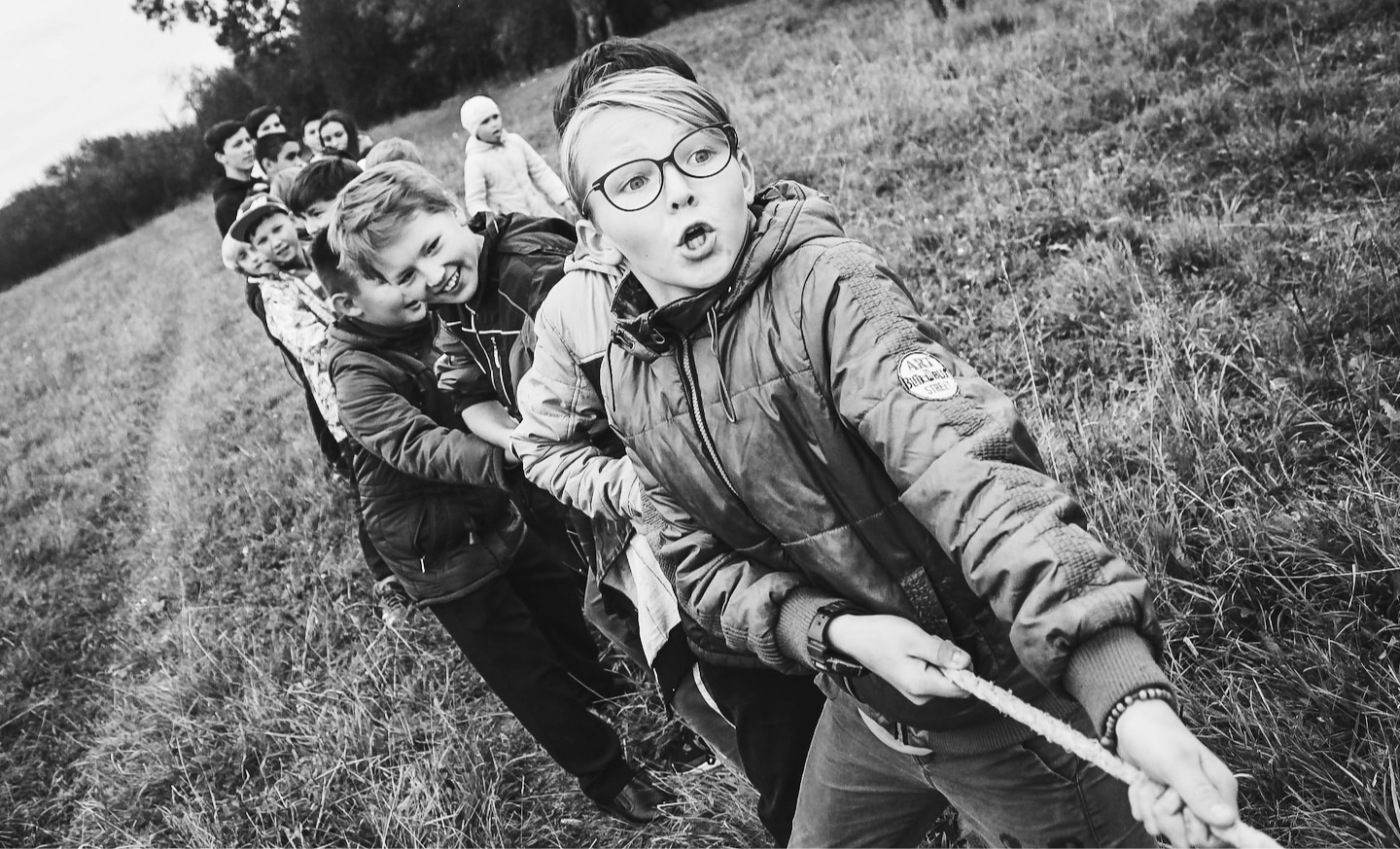What is the difference between Sales Training and Sales Coaching?

As a sales leader, it’s crucial to understand the distinction between Sales Training and Sales Coaching. Here’s what we’re going to explain right now:
- What is the difference between Sales Training & Sales Coaching?
- When should you be Sales Training, and when you should be Coaching?
- What are some good Sales Training sessions ideas?
- What are some great Sales Coaching sessions ideas?
- How to make your Training/Coaching more effective?
The goal of this article is to make you more aware of the types of sessions you should be running, and how to make them more effective. The best Sales Leaders are always the best Sales Trainers. We’ve always hated the term Sales Manager. If you’re spending most of your time Managing people as a Sales Leader, you’re going about it the wrong way. At least 70% of your time should be upskilling your Team. If that is the case, you are much more of a Sales Trainer, or a Sales Coach, than a Sales Manager, right? Now that you recognize that you are a Sales Trainer, here is some information that can help you in your role.
1. What is the difference between Sales Training & Sales Coaching?
Sales Training is the initial transfer of knowledge. Sales Coaching is then improving on the implementation of that knowledge. In other words, Sales Training is ‘here’s how to do something’, and Sales Coaching is ‘here’s how to do it better’. Spending most of your time as a Sales Leader ‘Training’ your Team is wrong. You should be spending much more time ‘Coaching’ them. It’s important to understand when and where each strategy works best so you can develop a learning strategy that increases the chances of knowledge retention and effective implementation. Training and coaching both have a role to play in effective learning, but they offer distinct benefits for the learner. Because of that, training and coaching should be treated as independent development tactics that can complement one another. When coaching and training are used in tandem to develop your people, it can unlock huge benefits for company culture and overall outcomes. It’s not about Training or coaching being more effective, they can both work simultaneously. You lay the foundation blocks down with the initial training, and then build on those blocks with coaching. Unless you are in a complex industry, that requires information that changes weekly and requires regular updated training, most of your time should be spent coaching. Another important note would be that Training is generally delivered in groups, and coaching is more of a 1-on-1 delivery system.

2. When should you be Training, and when should you be Coaching?
Once we understand the differences between Training and Coaching, now we need to decide when and how to use each teaching strategy. When there is standard information regarding processes and best practices, that should be easily digestible, offering Sales Training in a group setting is the way to go. When an individual joins an organization, typically they should be receiving more Training than Coaching in the first 2 months of the role. Again, this is the initial transfer of the knowledge. Once that initial transfer happens, and they have had time to try to implement the training, this is where the shift to coaching should happen. At this point, it’s really important to move away from group settings, and into a 1-on-1 coaching setting. If we had a group of 6 salespeople, they would likely need 6 different types of feedback depending on what their individual areas of development might be. They likely all need work on different things so Training them in a group would be ineffective. Most Sales Managers love to do a lot of Sales Training in a group. It’s not ridiculous to say that in general, Sales Leaders typically enjoy doing more Sales Training over Sales Coaching. Training is generally a lot easier, and much more enjoyable as it’s a group setting full of energy. However, a lot of studies have shown that individual coaching is much more effective than group training sessions for 3 main reasons. Coaching is tailored to the individuals needs, it allows you to build a stronger relationship with your subordinates and it is always easier to build actions following the session and accountability processes.
3. What are some good Sales Training Sessions?
Every industry is different, and some more complex than others, but there are always fun ways to offer Sales Training. Studies have shown that higher engagement from the subordinates in the room dramatically increases the retention of the information. Here are 2 different types of simple Sales Training sessions you can run at little to no cost:
- The Poster Challenge – If you have a group of 6 or more individuals, break them up into 3 groups of 2. When you train them on XYZ subject, give each Team 5-10 minutes to go and build a poster and bullet point what they just learned. When their time is up, each Team delivers the content on their poster to the wider group, and the Sales Trainer gets to choose the winner impartially. This session is highly engaging, and has higher retention percentages, as they are technically getting the majority of the information twice, once from you, and then from each other.
- The Game Show – Tell the group you will be hosting a game show at the end of the session, to test them on the information they just learned. It can be a good idea to offer a $10 Amazon Voucher, or even a dummy prize for the winner. What you will find here is that people will take more notes during the session, and participants tend to pay more attention once there is instant gratification of a prize at the end of the session. It’s also important to note that Salespeople are generally very competitive in nature. At the end of the session, each question that gets a correct answer, you receive ‘1,000 Awesome Points’. Each question you ask can be worth more and more points, meaning that everyone still has a chance at winning. Each question should get more difficult as you progress. It’s always a good idea to have a white board and update the scores of the game show in real time. A pro tip would be to ask the questions to the least engaged people in the session to test their knowledge.

4. What are some good Sales Coaching Sessions?
At this point, it’s important to mention that these types of sessions are always better delivered 1-on-1 with some unique feedback/advice to be offered to the individual based on their needs. Here are 2 different types of Sales Coaching Sessions:
- Test their ear – this is all around the person analyzing their own call. If you’re lucky enough to have a call recording system in place, listening to one of their calls and breaking it down together can be highly effective. It’s important to ask for all their thoughts first. What you’re testing them on is their self-awareness. Are they picking up on the correct areas of opportunities by themselves without you prompting them? If they do this, it’s always a really positive sign, and sets up a very mutually agreeable discussion around their needs. It wasn’t you telling them they needed to improve on something, they told themselves and you agreed with them. They are much more likely to implement the feedback if they agree with you. However, if you both listen to the call, and when you ask for their thoughts, if they do not identify the correct areas of opportunities, often this can suggest some knowledge gaps which need to be addressed. Testing their ear is a highly effective 1-on-1 coaching strategy. A Pro tip here would be that you mutually agree on the key actions for the individual, the time frame they need to have this achieved by, and the ways in which you’re going to check that this has been done. You could book in another session in a week to test everything agreed upon has been achieved.
- Role Play – in our opinion, this will always be the most effective coaching strategy. If you want to know if someone can do something, role play them on it. Let’s say hypothetically ‘Brian’ had been struggling with a certain objection, and you both identified this. The best course of action would be for you to both agree on the best ways to handle this objection, then give Brian a few days to retain the information. Once this has been done, a top Sales Leader would book in some time with Brian on Friday for 30 minutes to role play this objection. It’s important this session be booked in, as it tells Brian that not only does he need to commit to learning and mastering this objection, you have a dedicated time in which he will be tested on it. The follow up is the most important part of this coaching. When Friday comes around, if Brian nails it, give him a pat on the back. If he only does ‘ok’ but there’s still room for improvement, you’ll need to book in another session. A lot of Sales Leaders can make the mistake of trusting their Team too much to deliver what has been trained on in the past. Take away all of the fancy software & CRM’s, if you want to know is someone can do something, role play them on it.
5. How to make your Training and Coaching more effective?
Most sales leaders will deliver a great training session, or some fantastic coaching, but they will not implement a follow up strategy for accountability or for measurement. Without this in place, things tend to fall out of place over time. As a sales leader, it’s important to understand how knowledge retention works. If you ran a sales training session 2 weeks ago, studies show that your class will have retained less than 50% of the information you shared. Booking in follow up training and coaching sessions is the key to knowledge retention. If you run a session today, you should be booking in a follow up session no later than a week from now. Knowledge retention rates can be impacted by the relevance of the material, the learner’s engagement with the material and the learner’s ability to apply the material on the job. It’s important to mix up the types of ways you are sharing information, as well as how you are testing them on the retention. Interestingly, the topflight Sales Trainers and Sales Coaches put in less work. They just put in more effort to plan their delivery methods and prioritize their follow up sessions.
